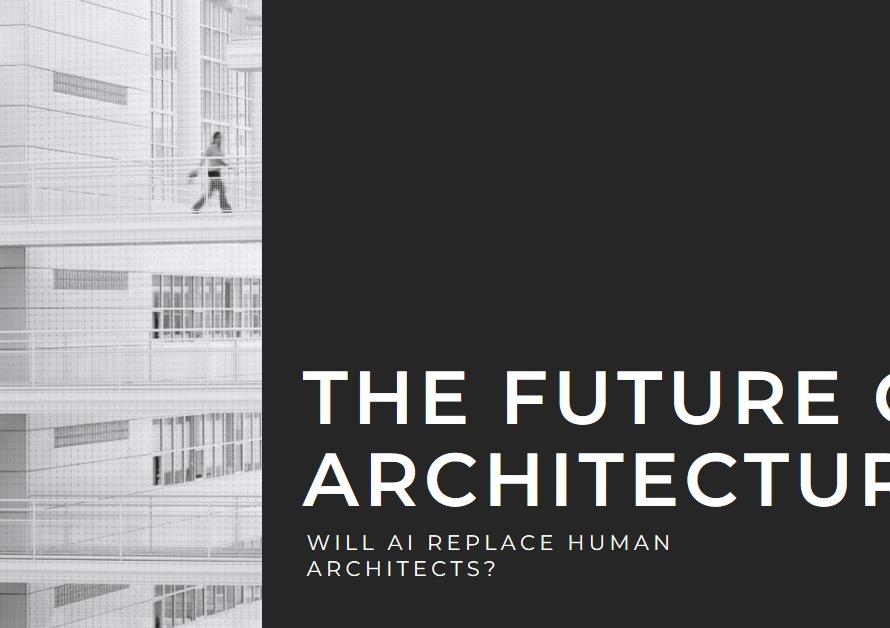
Table of Contents
Choosing between a career as a 3D artist or an architect is a significant decision that requires careful consideration of your interests, skills, career goals, and professional aspirations. Both fields offer unique opportunities, challenges, and avenues for creative expression within the realm of design and visualization. In this comprehensive guide, we explore the key aspects of each career path, providing insights, comparisons, and considerations to help individuals make informed decisions about their future in the creative and architectural industries.
1. Understanding the Roles: Architect vs. 3D Artist
The role of an architect primarily revolves around designing and planning the construction of buildings, structures, and spaces, considering functional requirements, aesthetic considerations, building codes, and client needs. Architects work closely with clients, engineers, contractors, and stakeholders to translate design concepts into detailed plans, drawings, and specifications for construction projects.
On the other hand, a 3D artist specializes in creating visual content using computer-generated imagery (CGI), modeling software, rendering techniques, and digital tools to produce realistic or stylized 3D visuals for various industries such as entertainment, advertising, gaming, virtual reality (VR), and architectural visualization. 3D artists focus on creating visual storytelling elements, characters, environments, animations, and visual effects that communicate narratives, concepts, and designs in a compelling and immersive manner.
2. Educational Pathways: Architecture vs. 3D Art and Design
The educational journey for architects typically involves obtaining a professional degree in architecture, such as a Bachelor of Architecture (B.Arch) or a Master of Architecture (M.Arch), from accredited institutions. Architectural education emphasizes design studios, technical courses, building science, history of architecture, urban planning, sustainability principles, and professional practice aspects required for licensure and practice as a registered architect.
In contrast, aspiring 3D artists often pursue degrees or certifications in art and design disciplines such as computer graphics, animation, visual effects, game design, or digital media arts. Programs such as Bachelor of Fine Arts (BFA) in Animation, Bachelor of Science (BS) in Digital Arts, or specialized courses in 3D modeling, texturing, lighting, and rendering equip students with technical skills, artistic techniques, and digital tools relevant to the 3D art and visualization industry.
3. Skill Sets and Technical Expertise: Architectural Design vs. 3D Visualization
Architects require a diverse skill set that combines creativity, critical thinking, problem-solving, spatial awareness, technical proficiency, and communication skills. They must excel in architectural design principles, drafting techniques, building systems knowledge, sustainability practices, building codes, project management, and collaboration with multidisciplinary teams to bring design concepts to fruition.
In contrast, 3D artists focus on mastering digital art tools such as 3D modeling software (e.g., Autodesk Maya, Blender, 3ds Max), rendering engines (e.g., V-Ray, Arnold, Unreal Engine), texture mapping, lighting techniques, animation principles, post-production editing, and visual storytelling methods. They also develop skills in digital sculpting, character rigging, particle effects, virtual reality (VR) development, and emerging technologies shaping the entertainment and visualization industries.
4. Career Trajectories and Industry Opportunities: Architectural Practice vs. Creative Studios
Architects pursue careers in architectural firms, design studios, engineering consultancies, construction companies, real estate development firms, government agencies, or establish their own architectural practices. They engage in various project types such as residential buildings, commercial complexes, institutional facilities, urban planning, restoration projects, sustainable design initiatives, and interior architecture, collaborating with clients and professionals across the construction industry.
On the other hand, 3D artists find opportunities in animation studios, visual effects (VFX) companies, gaming studios, advertising agencies, film and television production houses, virtual reality (VR) and augmented reality (AR) development teams, architectural visualization firms, and freelance markets. They contribute to projects ranging from animated films, video games, commercials, product visualizations, architectural walkthroughs, immersive experiences, and interactive media productions, leveraging their creative talents and technical skills in digital content creation.
5. Work Environment and Project Scope: Collaborative Design vs. Individual Creativity
Architects thrive in collaborative environments where teamwork, communication, design critique, and interdisciplinary coordination play crucial roles in delivering successful architectural projects. They engage in client meetings, site visits, design charrettes, building information modeling (BIM) collaborations, construction administration, and regulatory compliance processes, balancing creative vision with practical considerations and project constraints.
Conversely, 3D artists often work in creative studios, production pipelines, or remote settings where they have opportunities to express individual creativity, artistic vision, and technical mastery in crafting visual narratives, characters, environments, and effects. They collaborate with art directors, producers, animators, technical artists, and clients to align visual goals, meet project deadlines, iterate on designs, and deliver high-quality visual content that resonates with audiences and meets industry standards.
6. Job Responsibilities and Deliverables: Design Documentation vs. Visual Assets
Architects’ responsibilities include conceptualizing design ideas, creating architectural drawings, developing building models, conducting site analysis, producing construction documents, coordinating with engineers and consultants, managing project timelines, budgets, and regulatory compliance, and overseeing construction phases to ensure design intent realization and project success.
In contrast, 3D artists focus on creating 3D models, textures, materials, lighting setups, animations, simulations, visual effects, and post-production edits to produce compelling visual assets such as rendered images, motion graphics, cinematic sequences, interactive experiences, and virtual tours that communicate design concepts, narratives, and brand messages effectively.
7. Professional Licensing and Certification: Architects’ Credentialing vs. Portfolio Showcase
Architects typically pursue professional licensure and registration through rigorous examinations, practical experience requirements, and adherence to ethical standards and codes of conduct regulated by architectural licensing boards or institutes in their respective countries or regions. Licensure enables architects to legally practice architecture, stamp drawings, manage projects independently, and take on responsibilities related to public safety, health, and welfare in the built environment.
On the other hand, 3D artists showcase their skills, creativity, and expertise through portfolio presentations, demo reels, online showcases, art competitions, and industry networking events. While formal certifications in specific software tools or techniques (e.g., Autodesk Certified Professional, V-Ray Certified Professional) can enhance credentials and industry recognition, the emphasis in the 3D art field is often on portfolio quality, artistic vision, technical proficiency, and collaborative abilities demonstrated through creative projects and client engagements.
8. Salary and Earnings Potential: Industry Factors and Career Progression
Salary considerations vary between architectural roles and 3D art positions based on factors such as location, experience level, industry sector, project scope, employer size, and individual skills. Architects’ earnings typically reflect their level of experience, project responsibilities, licensure status, firm size, specialization (e.g., healthcare, commercial, residential), and regional market demands for architectural services.
Similarly, 3D artists’ salaries and earnings depend on their expertise in software tools, artistic talents, project complexity, industry demand (e.g., entertainment, advertising, gaming, visualization), studio reputation, freelance rates, and contributions to high-profile projects or studios. Senior 3D artists, technical leads, art directors, and specialized artists (e.g., character artists, environment artists, lighting artists) may command higher salaries or freelance rates based on their leadership roles, domain expertise, and industry recognition.
9. Career Flexibility and Diversification: Exploring Hybrid Roles and Skillsets
Both architecture and 3D art offer opportunities for career diversification, specialization, and hybrid roles that blend design, technology, and creative skills. Architects interested in digital design, parametric modeling, computational design, or virtual reality (VR) may acquire additional skills in scripting languages (e.g., Python, Grasshopper), parametric modeling software (e.g., Rhino, Dynamo), VR platforms (e.g., Oculus, HTC Vive), or environmental simulation tools to expand their design capabilities and career pathways in emerging fields.
Similarly, 3D artists interested in architectural visualization, real-time rendering, immersive experiences, or interactive media may develop skills in architectural software (e.g., Revit, ArchiCAD), BIM workflows, lighting design principles, photogrammetry, drone photography, or game development engines (e.g., Unity, Unreal Engine) to cater to architectural clients, design firms, or interdisciplinary projects requiring 3D visualization expertise.
10. Personal Passion and Long-Term Goals: Aligning Career Choices with Values


Ultimately, the decision between pursuing a career as an architect or a 3D artist hinges on your personal passions, long-term career goals, creative interests, technical aptitude, and alignment with industry trends and innovations. Reflect on your strengths, aspirations, work preferences (e.g., collaborative vs. independent work environments), lifestyle considerations, industry insights gained through internships, mentorship experiences, or networking, and seek guidance from professionals, educators, and career advisors to make an informed choice that aligns with your values, talents, and professional growth aspirations in the dynamic fields of design, architecture, and visualization.


